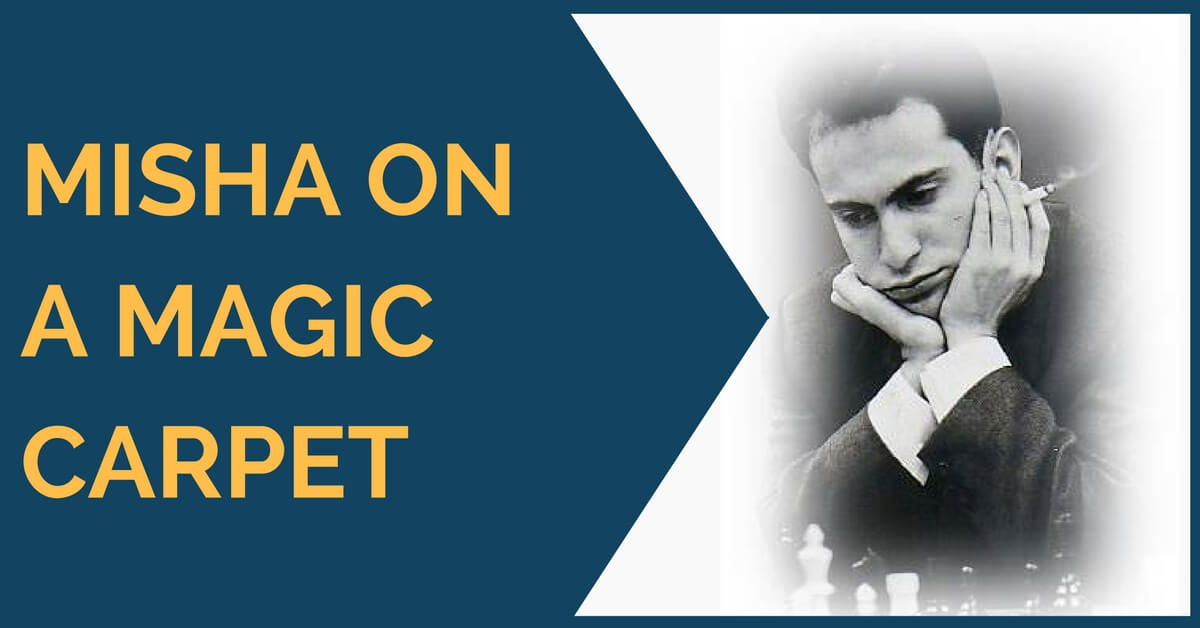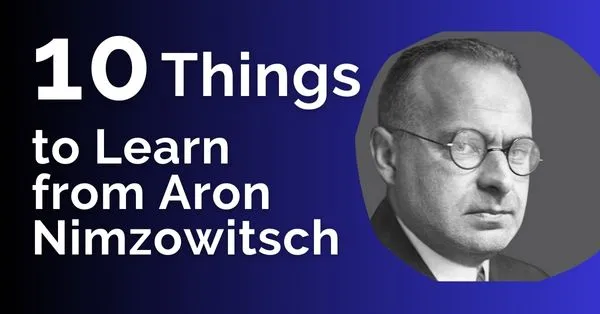3 Things to Learn from Kasparov’s Games
One of the things every chess player has to do in order to improve at chess is seen many games played by strong Grandmasters. This is a great method of enriching your knowledge and getting to understand a wide variety of positions – not only in the middlegame but also opening plans and endgame. However, an important step of this journey is how you do this – you have to take your time and understand the positions and the plans employed.
Don’t rush through the moves and especially don’t turn on the engine – something that has become a habit for the modern player. In order to accumulate all the information you see in those games, you must first be able to understand them.
Each player has a unique style of play and almost everyone has a favorite type of position they like to play. You will notice when starting to study the classics that some themes tend to reappear in the games of certain players. We can say that each used to have their own “specialty”; a type of position they were looking for and enjoyed playing.
Some players enjoy positional chess, while others do better in sharp position, but there are also “complete” players who master both styles, as well as all three phases of the game. One of them is Garry Kasparov, one of the best players of all times. His games are a delight to watch and they are a great source of inspiration for every player who wants to improve their level.
To start with, Garry Kasparov was a great attacker; he has produced a great number of fantastic games where he simply crushed his opponents. You can learn a lot about the art of attack from going through his games – how to build an attack, but also to strike when the moment is right and not give the opponent the chance to regroup his forces. In the following game against Karpov, you can see exactly this.
First, all the pieces join the party and are harmoniously coordinated. No piece is left undeveloped and each one of them participates in the attack. Then, when all of them are ideally placed, comes the tactical blow. A game that contains a sizzling mix of imagination, technique and precise calculation. Enjoy!
With such amazing attacking skills, it didn’t mean he was any worse when playing quieter positions. He has left many positional masterpieces as well and many of them involve playing with the advantage of the bishop pair.
He was a monster with the two bishops and has converted this plus in many games, in spite of the position being an endgame or a dynamic one.
Since you have already seen how he handled dynamic positions, we have chosen a more positional game to illustrate Kasparov’s technique with the bishop pair. The following game against Kramnik contains everything – opening the position for the bishops, creating and fixing the weaknesses and, finally, converting the advantage. Check it out:
Another feature you will see in Kasparov’s games is that he wasn’t too “attached” to the rooks and didn’t hesitate to sacrifice an exchange for a long-term advantage.
The positional exchange sacrifice is a great skill and if you feel that you still need to work on it, then this is the player to study. In the following game against Alexey Shirov, we can see how he sacrifices a clear exchange for no extra material (such as 1 pawn) whatsoever.
The only compensation he obtained was better piece coordination and more activity and this was enough to put his opponent in a difficult situation. See how he cashed in on it below:
It is difficult to choose only 3 of Kasparov’s games, since he has played so many masterpieces. So, our advice is to take the ones presented here as a starting point and continue to study his games by your own.
You will learn a great deal of chess, that’s a guarantee!










Comments: